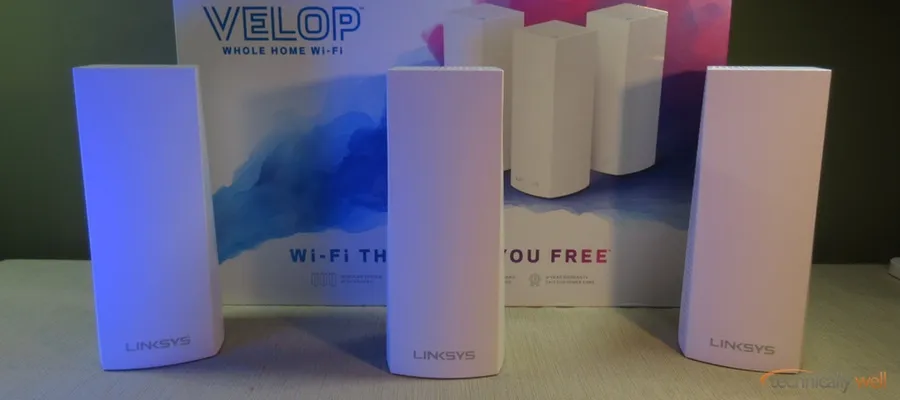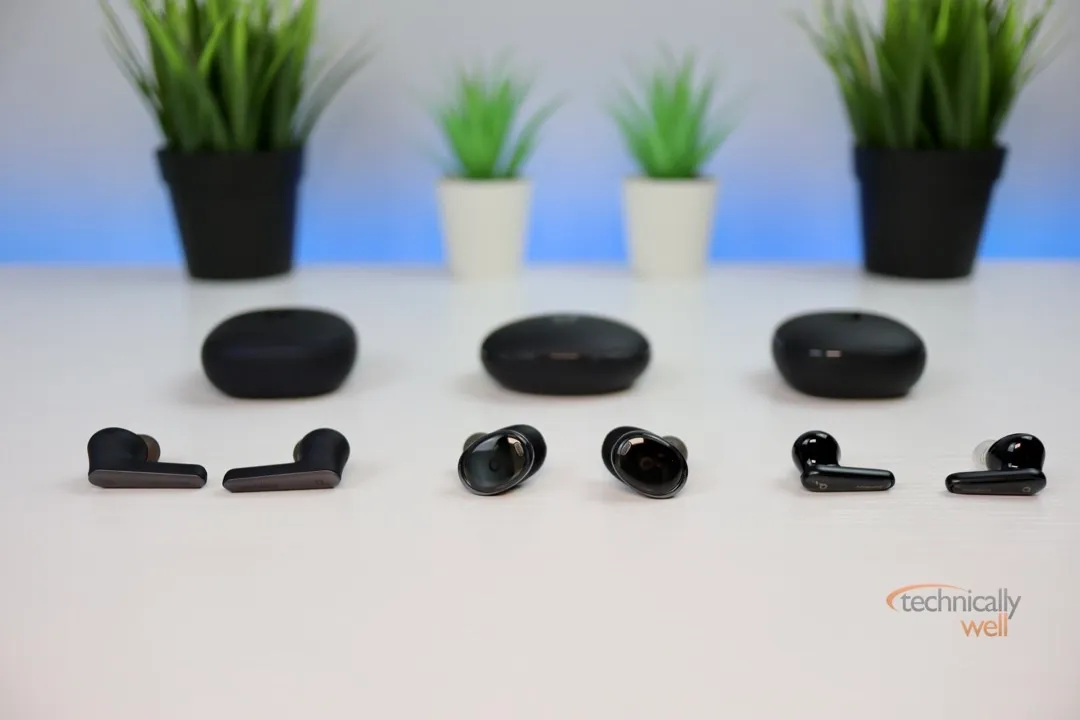Linksys Velop Tri-band AC6600 Mesh Router Review
As an Amazon Associate, we earn from qualifying purchases at no cost to you.
No matter where I placed my previous router, there was always a “dead spot” somewhere in my house. It was usually my master bedroom, on the far end of the house. I tried using a repeater, but my phone seem to hold onto the main router’s WiFi even if it was down to 1 bar, despite the repeater’s WiFi being readily available. So what is this “mesh networking”? It turned out to be the perfect solution for me.
PROs
- Mesh networks cover a wide area seamlessly: With traditional routers, your phone only connects at one point in the house. The signal degrades the further you get away from your router. With this mesh network, there are now 3 points my devices can connect to. So if I wonder to another portion of the house, my phone or laptop automatically connects to the strongest point, because to that device, it looks like one large network. Or if something causes interference at one point (microwave switched on, Bluetooth speaker in use, etc), there are 2 other points my device can connect to.
- No multiple networks with repeaters: Many WiFi devices do not “handoff” smoothly from a router to a repeater. For example, if your phone connects to your main router when you get home, but you then wonder away from it, your phone will try to maintain that connection to the router, even though the stronger signal from your repeater is available, as to not interrupt your WiFi connection. Also, going through each “repeater” cuts your bandwidth in half, since the repeater needs to first talk to the main router, then turn around and pass that data to your device. With mesh networking, your house is blanketed with one large continuous WiFi “blanket”. Even though there are 3 points, your phone only “sees” one network, so handoff is not an issue.
- Easy setup: With the Linksys app, you can easily configure the nodes thanks to Bluetooth. You don’t even need to mess with your phone’s WiFi settings when setting up the system.
CONs
- There is no web interface for the Velop: All settings must be made in the app. This is likely fine for most people and the app lets you configure some advanced features like Port Forwarding (for gaming and IP cameras) and MAC filtering (to restrict devices connecting to your network). However, one feature that is missing from the app that I typically use with my routers is DHCP Reservations. Hopefully Linksys will add this in a future update.
- Few Ethernet Ports: Each node has two Ethernet ports available, except the first node where one port is used to connect to your modem. If you like to connect multiple devices via Ethernet, you’ll likely need to purchase a network switch to expand the number of available Ethernet ports. On the plus side, if you have an older network device that does not have WiFi (like an older streaming TV, for example), you can connect it to one of the nodes. Update: Linksys has since added a web interface for the primary node.
The Linksys Velop has worked great in my home. I now get a solid connection anywhere in my home, as if I was sitting right beside the router. I can stream in HD in my bedroom where previously I would have buffering and interruptions. Setup was easily accomplished using the app on my smartphone, with easy to follow instructions. There are a few limitations that “power users” may miss, but for most consumers, the Linksys Velop provides a solid connection throughout the entire house.
Check out the Linksys Velop on Amazon
Our Verdict
Mesh networking is the future of WiFi, and Linksys make it easy with their guided app setup. Power users may miss some of the advanced options and Ethernet connectivity of traditional routers. However, for most consumers, the Linksys Velop does an excellent job of providing seamless, high-speed WiFi throughout the house.
PROs
- Wide coverage area
- No repeaters
- Easy setup
CONs
- Only one extra Ethernet port per node





 Hi, I'm Ryan! I've worked in the IT industry for over two decades and I love checking
out new gadgets, apps, and services that make our lives easier.
Hi, I'm Ryan! I've worked in the IT industry for over two decades and I love checking
out new gadgets, apps, and services that make our lives easier.